Strategies for Successful Hiring in 2020

A fresh decade is upon us and we’re already well into 2020, which means it’s time to think about hiring for the coming months. The start of the year often brings a surge of Construction, Engineering, Manufacturing and Infrastructure candidates looking for new opportunities and ready to join exciting projects springing up across the country. It’s important to get ahead of the market if you want to secure the best workers while they’re available.
Whether you’re looking for site-based or office-based workers, making a recruitment preparation checklist will give you a powerful framework and set of goals going forward. But where do you start? Keep reading to discover our top tips for successful recruiting in 2020.
Define Your Goals
Building a strong, productive workforce is easier said than done. This is often because companies do not clearly define the skills and experiences they need at a holistic level. They simply look to fill a vacant role when it becomes available.
A more strategic approach is to define what your ideal workforce looks like, understanding that Construction workers are not ‘one size fits all’. Consider planned recruitment drives, taking into account attrition rates and the existing talent within your organisation. This will help to define who you need to hire, where you could best source talent and the potential impact of internal hires.
Ensure you consult with all levels of current management and then communicate your recruitment goals. This could mean regular meetings or simply detailed messages between sites and the office. Whatever path you take, ensure that everyone is on the same page before you start hiring.
Create Ideal Working Conditions
We’re seeing a shift in the market as more projects, and therefore opportunities, spring up across New Zealand. Candidates now have greater choice among the companies they approach and the direction they want to take their career.
As part of their talent attraction strategy, businesses now need to focus on the benefits they offer and ensure these are as compelling as possible as we move into the 2020s. As a starting point, here are some of the benefit you could offer:
- Subsidised or free insurance including health and income protection
- Car allowances
- Study leave and/or financial support
- Discounts such as lunch allowances, gym memberships and childcare vouchers
- Social activities and sporting groups
Word spreads, and cultivating an appealing working environment can help to build a positive reputation for the company and encourage more candidates to apply in the first place.
Utilise Existing Information
Existing talent pools are a great way to start any hiring process, and a good place to begin is reviewing any CVs you have on file. You may have candidates in the system who have already been processed and could be a good match for your new roles. This will save you a lot of time, money and effort before starting a whole separate recruitment process.
You can also take this time to view the performance of your previous hires and identify improvements for the process overall. Could you be onboarding people to projects more efficiently? Are candidates dropping out because the process is needlessly complicated or there are long gaps in communication? This is where working with a specialist recruiter can come in handy, as we understand your unique needs and will work with you to craft the most effective route forward.
Hire for the Long Term
From the office to the project site, a business is made from its people, so it’s important to think about the long-term vision of the company when hiring new talent.
Consider the goals you’ve defined from our first point in this article and decide which is more important: filling the talent gap or hiring someone who can grow with the company. Both may be more of a priority at different times, but with the right hiring process, you should be able to find candidates who achieve the best of both worlds. This is important even for short-term workers, as you may wish to hire these same people again for later projects. At the end of the day, it’s about finding someone who makes the most sense for the future of the business.
Summary
Ultimately, the best strategy for hiring in 2020 is to embrace the fresh start it offers – using this opportunity to create a more powerful way forward. This comes down to defining your recruitment goals for the company, updating and promoting working conditions, building from the past and hiring for the future. With these pillars, you’ll be ready to take the New Year by storm.
For all your Construction, Engineering, Manufacturing and Infrastructure recruitment needs, talk to RobLawMax. Our national team of top recruiters are here to partner with you for a better, brighter hiring strategy that gives you a boost in 2020. Contact us to get started at any time.





